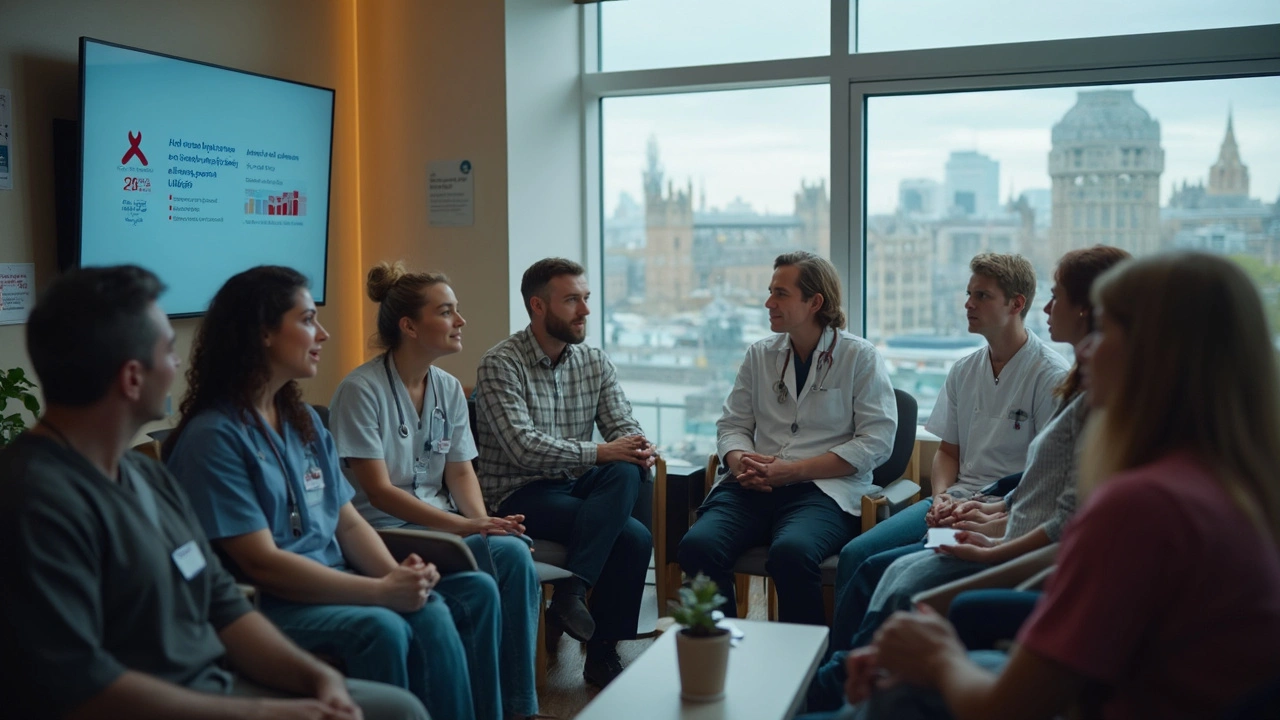Opioid epidemic: what’s happening and how you can help
The opioid crisis is still hitting communities hard — many people get hooked after a prescription, and fentanyl has made overdoses more deadly. This page gives clear, practical steps you can use today: spot unsafe use, respond to an overdose, find safer pain options, and help someone get treatment.
Recognize the signs and respond
Easier to miss than you think: early misuse can look like taking pills more often than prescribed, running out of medication early, or mixing opioids with alcohol or benzodiazepines. Physical signs include drowsiness, slurred speech, pinpoint pupils, or impaired coordination. If you suspect an overdose, act fast—call emergency services and give naloxone if it’s available. Naloxone can reverse an opioid overdose in minutes and is now sold at many pharmacies without a prescription in several countries.
If the person is breathing slowly or not at all: shout, try to wake them, call emergency services, push for naloxone, and perform rescue breathing if trained. Stay with them until help arrives—people can need more than one naloxone dose when synthetic opioids like fentanyl are involved.
Safer pain options and how to help
If you or someone you care for is using opioids for pain, ask a doctor about non-opioid choices like NSAIDs (ibuprofen), acetaminophen, topical pain creams, certain antidepressants or anticonvulsants for nerve pain, physical therapy, or simple rehab exercises. Behavioral approaches such as cognitive behavioral therapy can reduce pain and lower the need for meds. Our guide on Hydromorphone Alternatives outlines practical options and trade-offs if you want more detail.
Want to help a friend or family member? Start with a conversation — pick a calm moment, say you’re worried, and avoid blame. Offer to help find treatment: medication-assisted treatment (buprenorphine or methadone), counseling, and local support groups have strong track records. If they’re not ready, keep lines of communication open and learn about local harm-reduction services like syringe programs, safe disposal sites for unused pills, and naloxone distribution programs.
Prevention matters. Store prescriptions in a locked place, follow dosing instructions exactly, never share meds, and dispose of unused pills at a pharmacy take-back or an authorized dropbox. If pain persists, push for a reassessment rather than escalating dose sizes.
Finally, policy and community efforts help: support local treatment access, naloxone availability, and programs that identify and treat substance use earlier. If you need immediate resources, contact local health departments or a national hotline for guidance on treatment and emergency services. Taking small, informed steps can save lives and keep people on the path to recovery.
Nevirapine: Unexpected Role in the Opioid Epidemic Revealed
How does a common HIV medication, Nevirapine, cross paths with the opioid epidemic? This article breaks down the surprising connection between antiretroviral therapy and opioid addiction, exploring pharmacological links, real-world risks, and practical tips for those affected by both. You'll find specific data, relatable stories, and crucial facts to help you make sense of this complex health crisis. Easy to follow and rich in practical info for anyone curious about drug interactions and public health.

